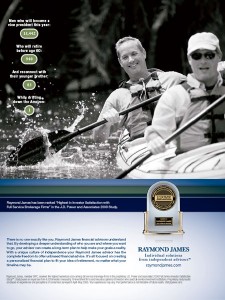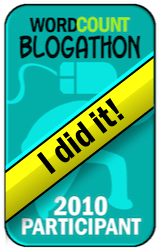 “The titles and the first few lines of your poem represent the hand you extend in friendship toward your reader. They’re the first exposure he or she has, and you want to make a good impression.”
“The titles and the first few lines of your poem represent the hand you extend in friendship toward your reader. They’re the first exposure he or she has, and you want to make a good impression.”
— Ted Kooser, The Poetry Home Repair Manual: Practical Advice for Beginning Poets
This Ted Kooser quote applies to financial blog posts as well as to poems. Financial posts and poetry aren’t often mentioned in the same sentence. However, both forms of writing will win or lose readers on the basis of first impressions. So, I’d like to share tips for financial bloggers based on the “First Impressions” chapter of Kooser’s book.
1. Use your title to set your readers’ expectations. Give up bland titles, such as “401(k) plans” in favor of titles that give your audience a reason to read. For example, my title for this post identifies my target audience—financial bloggers—and the benefit I believe they’ll receive—more compelling posts. “Titles are very important tools for delivering information and setting expectations,” as Kooser says. Instead of “401(k) plans,” consider something like “Three ways you can get more out of your 401(k) plan.”
2. Don’t lead with boring information. Put your background information somewhere other than your opening lines. Too often, as Kooser says, bloggers—like poets—start with “information that really is not essential but is there because it was a part of the event that triggered the poem. It’s the background story, and it may not be necessary for us to know it to appreciate the poem.”
3. Deliver on your promise. For example, if your title and first paragraph promise 401(k) tips, don’t switch midstream to discussing online checking accounts.
4. Write in a consistent style. If you drew in your blog readers with a warm, conversational style, you’ll lose them when you switch to a cold, institutional style. As Kooser says, “If a poem begins with three lines of strict iambic pentameter, a reader will be disconcerted if that forceful rhythm is abandoned in the fourth line.”
5. Be aware of your “voice.” Kooser describes “voice” or “presence” as “the person we not only hear, but intuit to be behind the words.” For example, I think my voice is friendly, conversational, and reflects a genuine desire to help financial advisors communicate better with their clients. Voice is communicated by your writing style as well as your content.
Try applying one–or all–of these tips in your next financial blog post!
Related posts
* Start with a good lead, or lose your reader
* Financial writers, lead with your message, not your source
____________________
Receive a free 32-page e-book with client communications tips when you sign up for my free monthly newsletter.
Copyright 2010 by Susan B. Weiner All rights reserved







